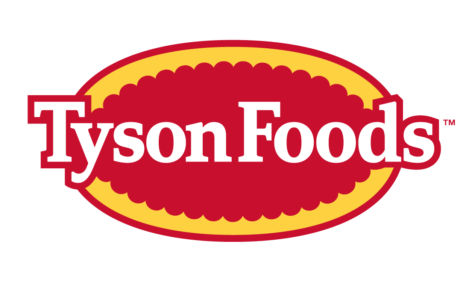



14 facts about 2019's global poultry market
Consumer demands will have a huge impact on feed production and animal proteinAccording to reporting from WATT Ag, Consumer demands will strongly influence animal protein – and, therefore, animal feed – production in the coming year, according to Nan-Dirk Mulder, senior analyst, animal protein, at Rabobank.
Mulder presented “Global poultry and feed outlook: Key investment trends shaping the industry in 2019” at the first Feed Strategy Conference, hosted by WATT Global Media, at the International Production & Processing Expo in Atlanta on Wednesday.
Here are 14 key takeaways from his talk:
-
Worldwide, there will be 35 percent more demand for animal protein in the next 20 years. Poultry will see the largest increase, about 2 percent, while expansion for eggs will be 1.6 percent; seafood, 1.2 percent; beef, 1.1 percent; and pork, 1 percent.
-
Consumer demand is changing while economies develop; wealthier countries consumer more meat. Australia has the highest global per capita consumption of meat in the world.
-
Social changes can affect the outlook for animal protein markets: Retail sales of meat substitutes are highest in Asia-Pacific and lowest in Latin America.
-
The cost of poultry production varies significantly from region to region. The cost of live broiler production is the highest in Japan and lowest in Brazil.
-
Brazil’s meat and poultry industry are seeing challenging market conditions. Brazil is very export focused, but facing trade challenges in several regions.
-
There is a lot of volatility coming from Europe and the Mideast. EU chicken imports from Brazil are down 50 percent, while the EU increases imports from Ukraine.
-
U.S.-China tariff battles will further shake up trade in Brazil. China imports 62 percent of the global soybean trade and is importing more soy from Brazil and Argentina.
You can read the rest of the list here.









